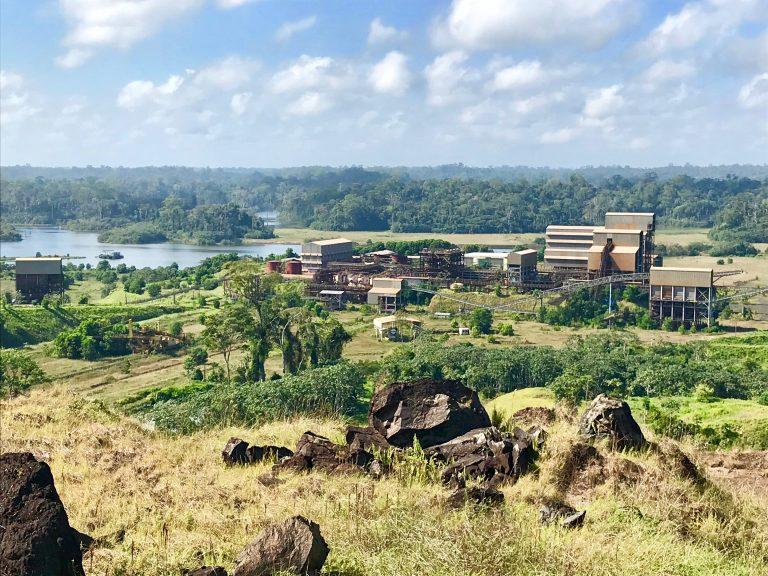
AIM listed Cadence Minerals (AIM: KDNC) continues to make substantial progress with the former Anglo American Iron Ore mine, railway and port at Amapá in Brazil.
Since September 2018, the board has conducted an exhaustive, ongoing round of due diligence and legal processes to bring the mine out of administration, into a recommissioning programme and ultimately back to production.
Back in April 2020, Brazil’s Commercial Court of São Paulo ruled that DEV Mineração S.A., owner of the Amapá iron ore project and 99% owned by Cadence, could commence shipment of the iron ore stockpiles situated at the wholly-owned port in Santana, Amapá, Brazil.
Independent surveys of these iron ore stockpiles indicate that some 1.39 Mt of iron ore in three stockpiles are available for immediate export with an average Fe grade of 62.12%.
Despite the impact of the Covid-19 lockdown in Brazil, shipment is still expected
to commence on schedule late Q2, early Q3 2020. The net proceeds will go to pay labour and small creditors, invest in the recommissioning of the assets and essential maintenance.
Currently rehabilitation of the mine, railway and port is expected to be completed in 2022. A production ramp up will see 5.3 million tonnes of iron ore produced per annum within 3 years of completion of the rehabilitation. The local economy will also see significant benefits, with hundreds of new jobs and employment opportunities.
The financials make impressive reading too.
Net revenues after shipping from the former Anglo American mine is forecast to be approximately $265m per annum, with EBITDA of approx $136m per annum based on a conservative iron ore price of $61 per tonne. Currently the iron ore price squeeze sees the commodity trading at up to $100 per tonne.
“This is a huge step change for Cadence,” says Cadence CEO Kiran Morzaria.
“Our range of lithium and iron ore investments continue to add value, but once
settlement is finalized with our creditors, Cadence will own 27% of Amapá, with options to acquire up to 49%. Our EBITDA forecasts will deliver a material change to current valuation metrics for our company.”
While the focus is certainly on Amapá, the rest of the Cadence portfolio is nonetheless impressive. Cornerstone stakes in projects such as the Cinovec Lithium and Tin Project in the Czech republic and Macarthur Minerals’ Lake Giles Iron Project in Western Australia has provided Cadence with opportunities to invest into assets such as Amapá.
Cinovec, 50% owned by European Metals Holdings (AIM: EMH) and Eastern European utility giant CEZ is set to become a major European and Global lithium supply hub to meet the boom in batteries and electric vehicles, with demand anticipated to grow some 800% by 2030. Cadence also has a range of other lithium and rare metal investments, plus a joint venture at the Yangibana Rare Earths project in Australia with Hastings Technology Metals (ASX: HAS).
Cadence Chairman Andrew Suckling is also a non-executive director of Macarthur Minerals (TSX-V: MMS, ASX: MIO) and chairman of the Audit Committee. Macarthur stated recently it was ‘encouraged by the robust iron ore market’, and also buoyed by the recent share price performance of Cadence Minerals, one of its largest shareholders.
City institutions are also waking up to Amapá’s potential, with broker WH Ireland noting that the “healthy margin from sales of the easy to ship iron-ore stockpile could be used to pay senior bank creditors, complete a feasibility study into the reopening of the mine and pay for some of the new infrastructure required.”
AIM listed Cadence currently trades on an asset backed market cap of just £7m, although with the current transformation cycle the company is undergoing, that
could be unlikely to last.
